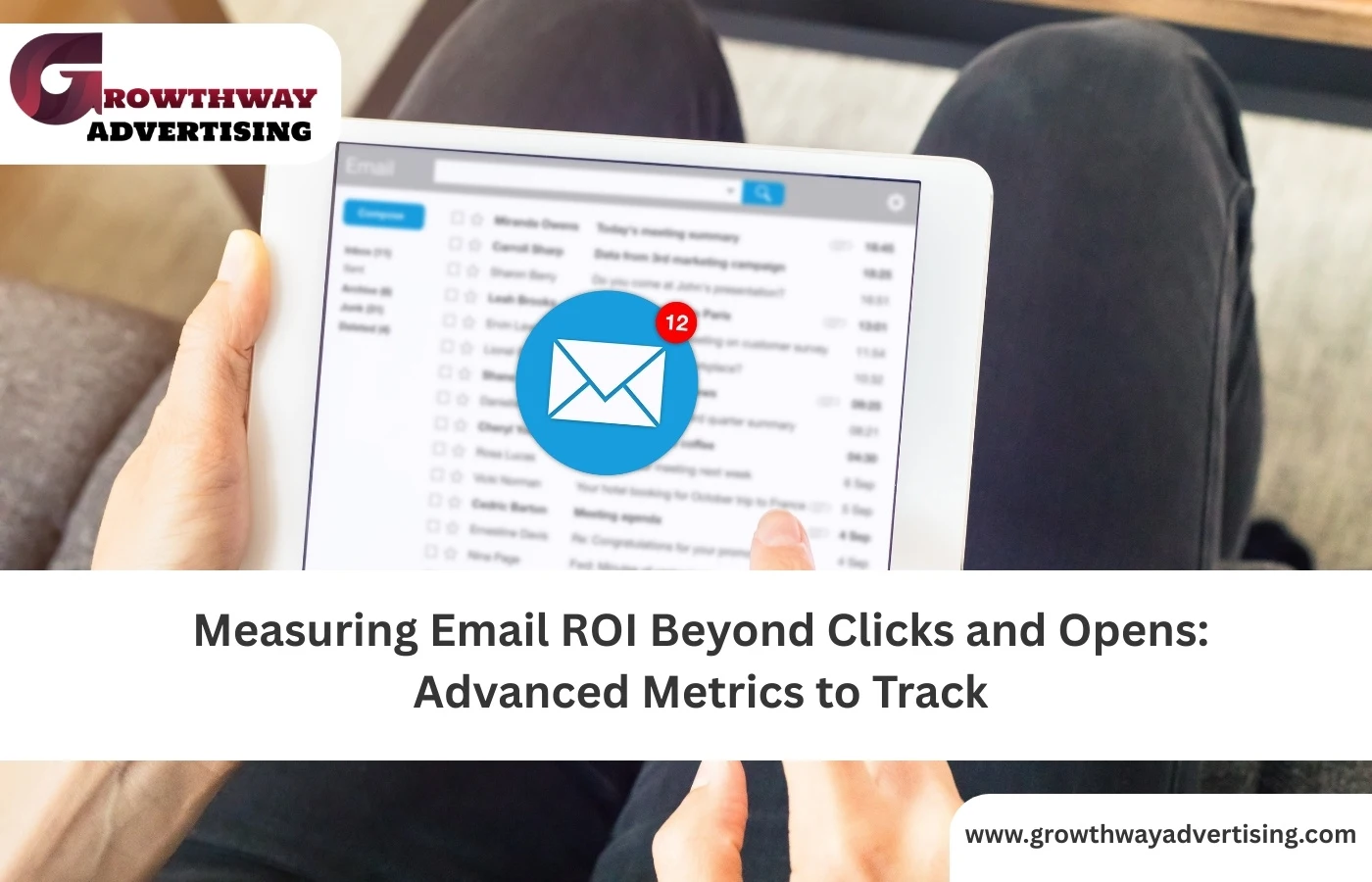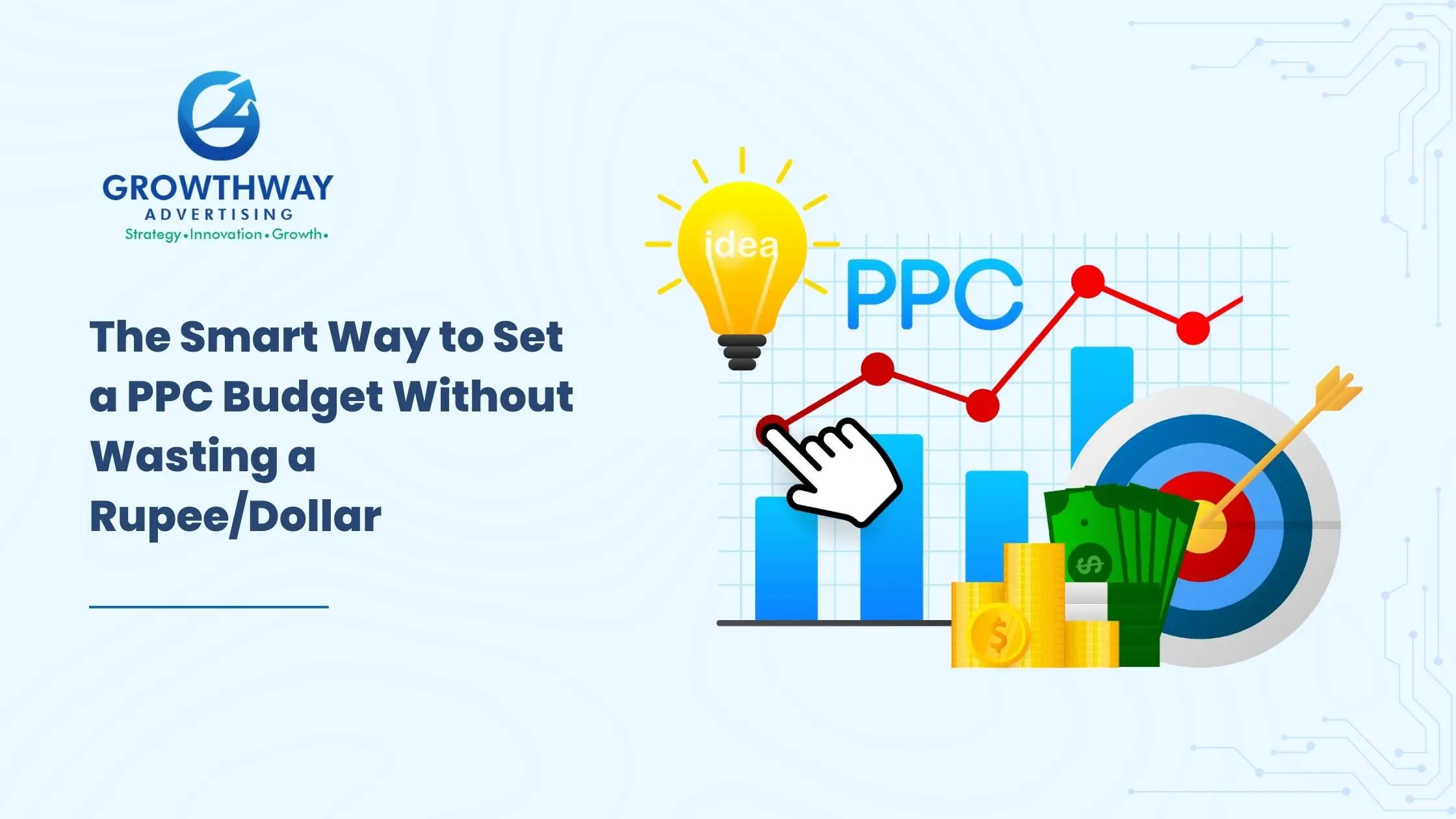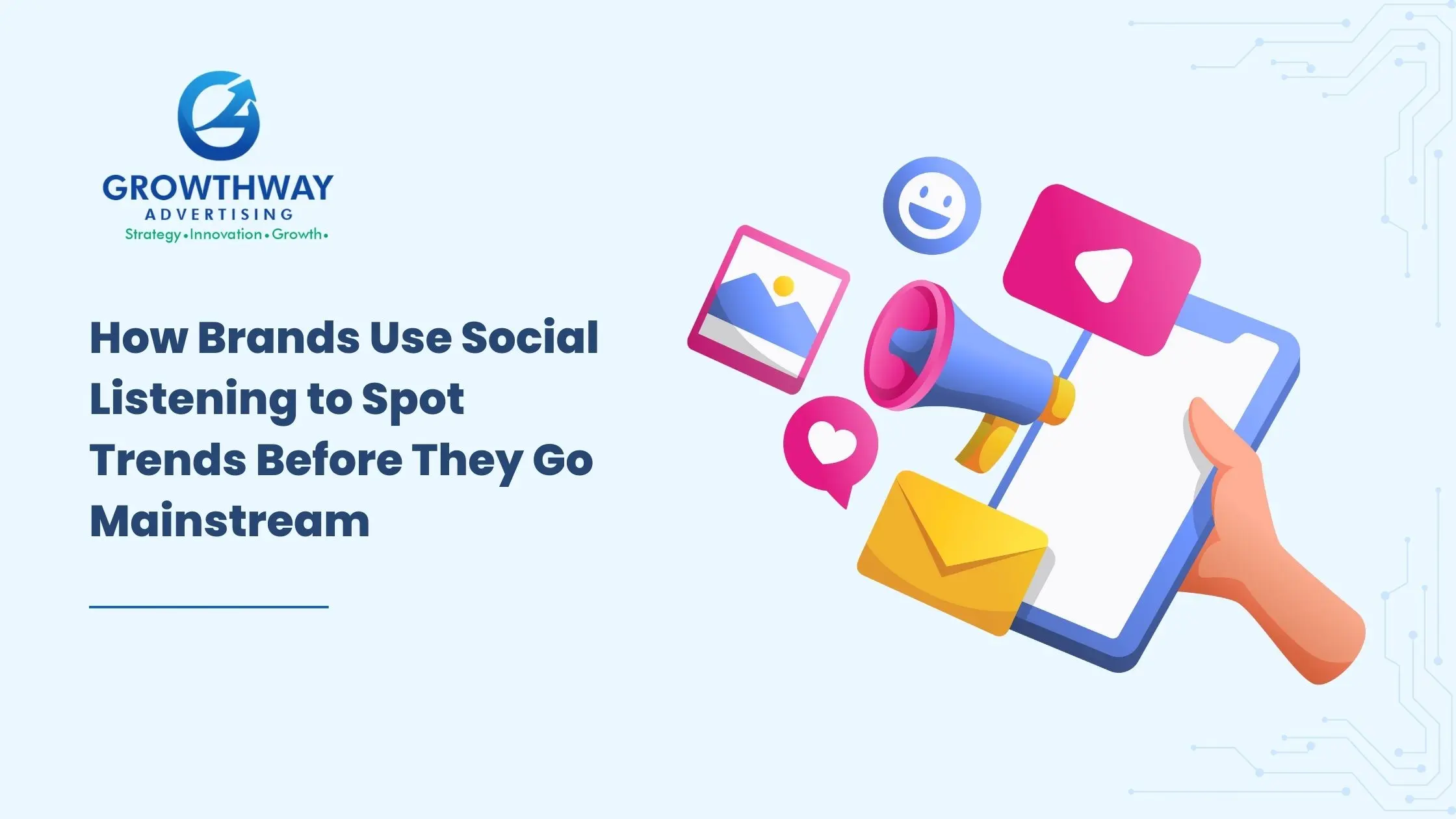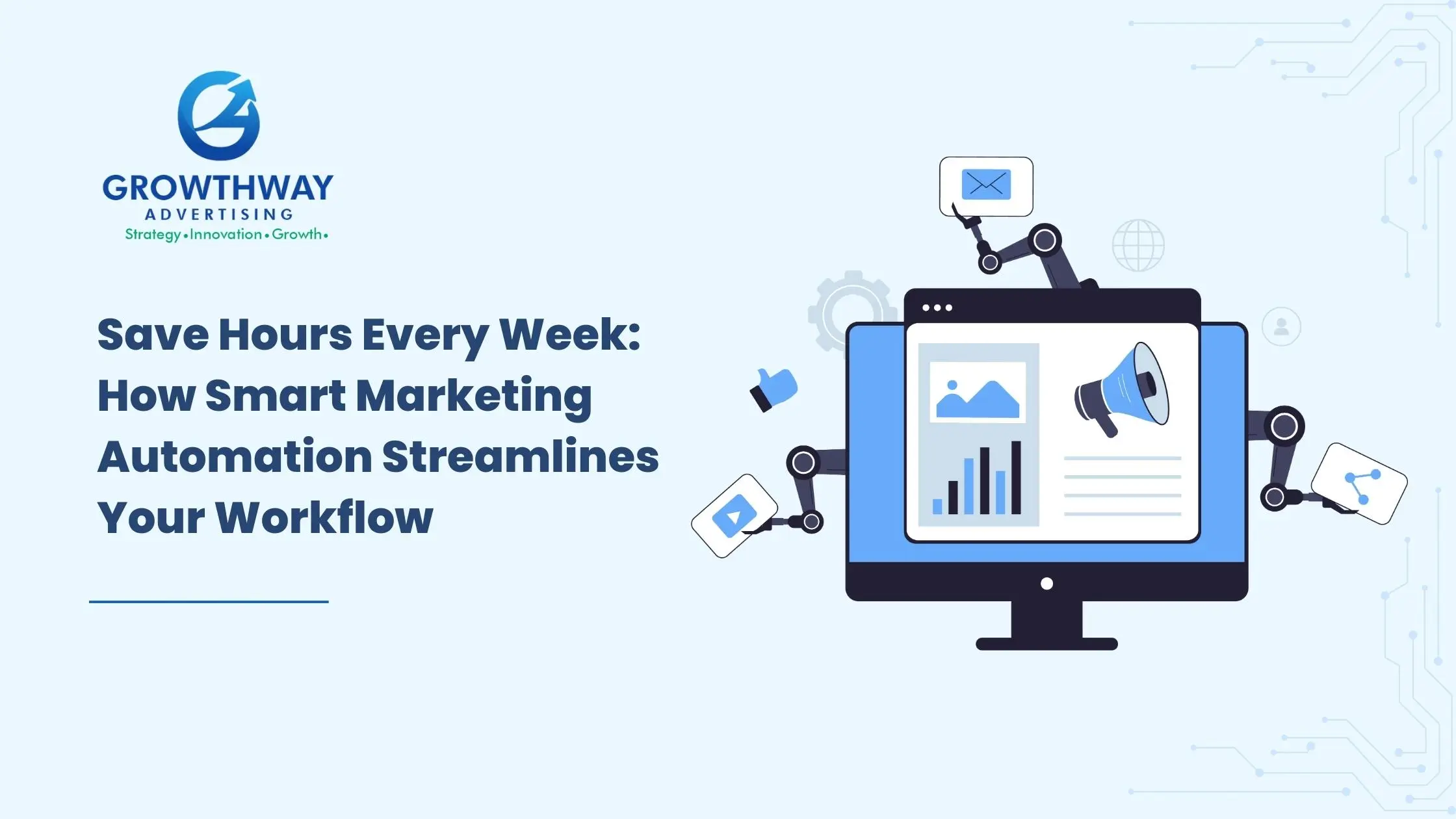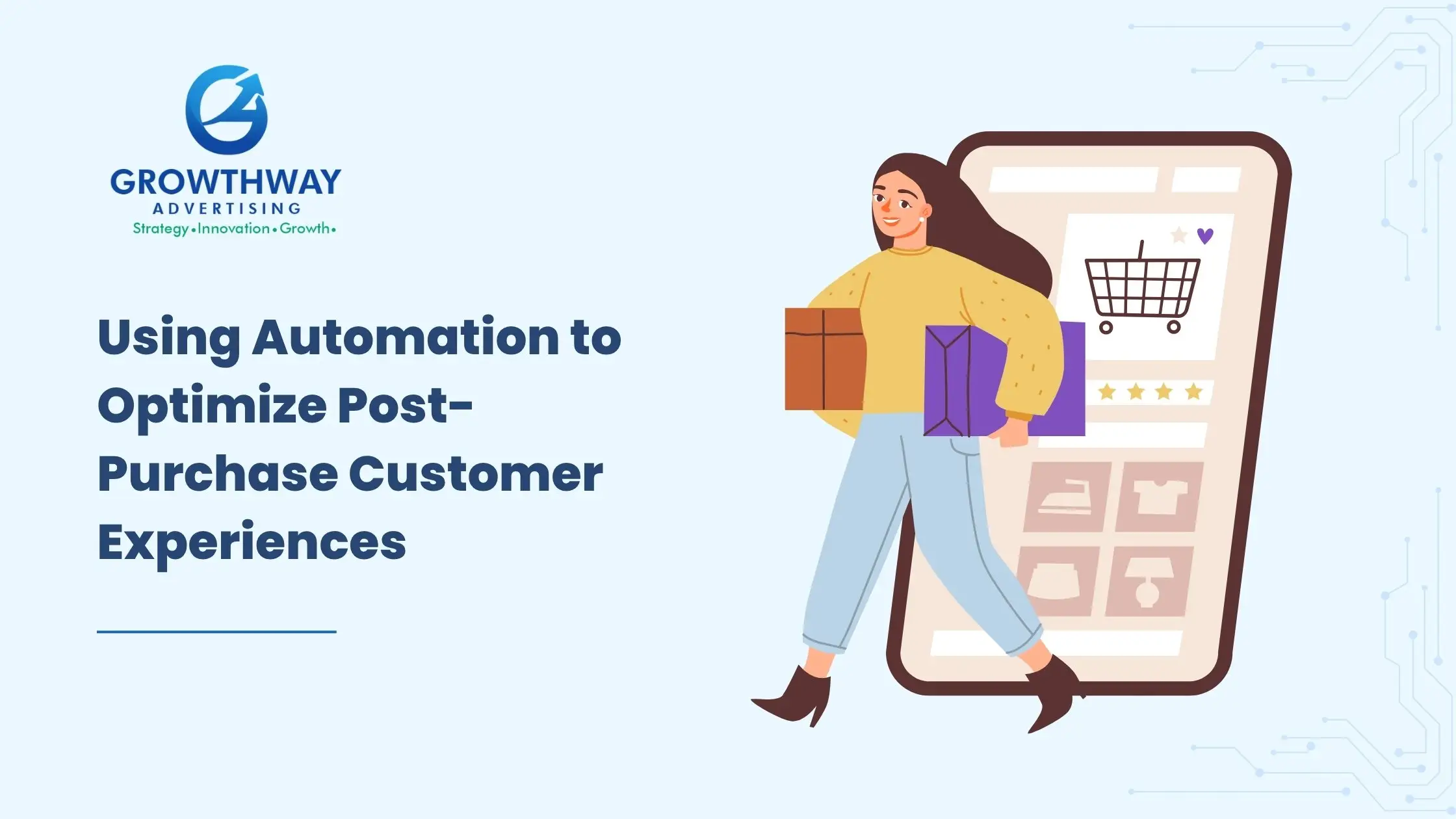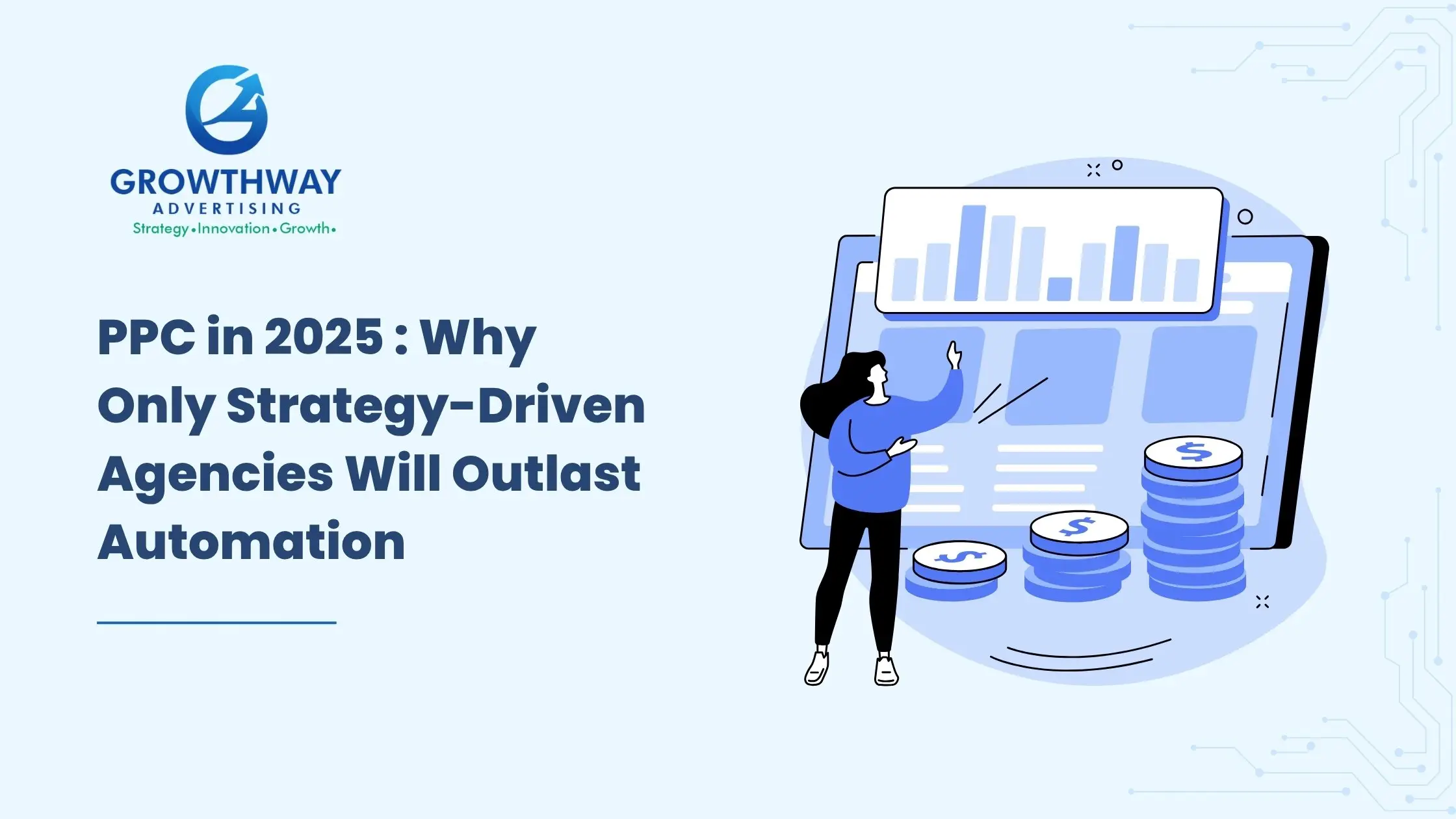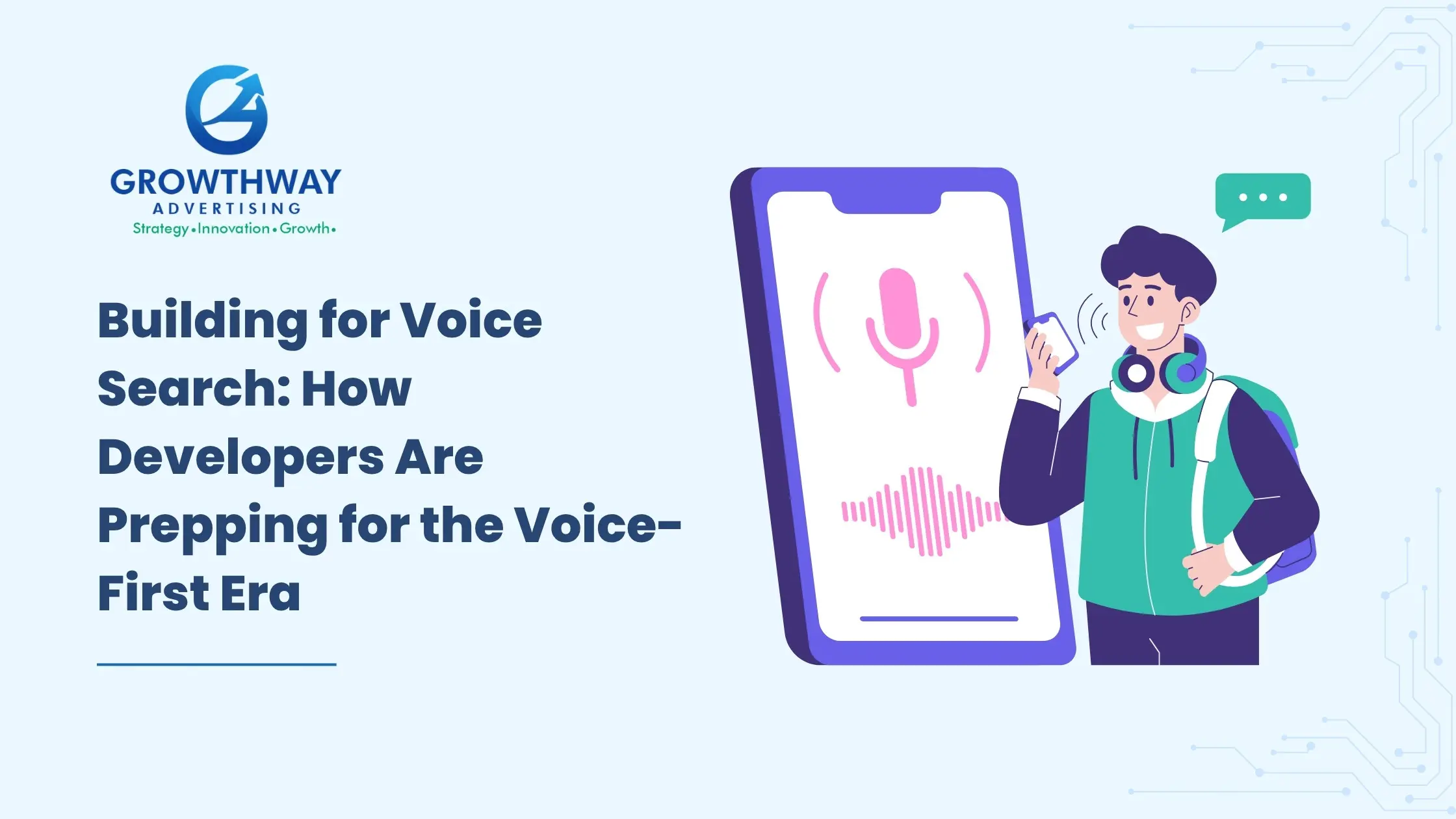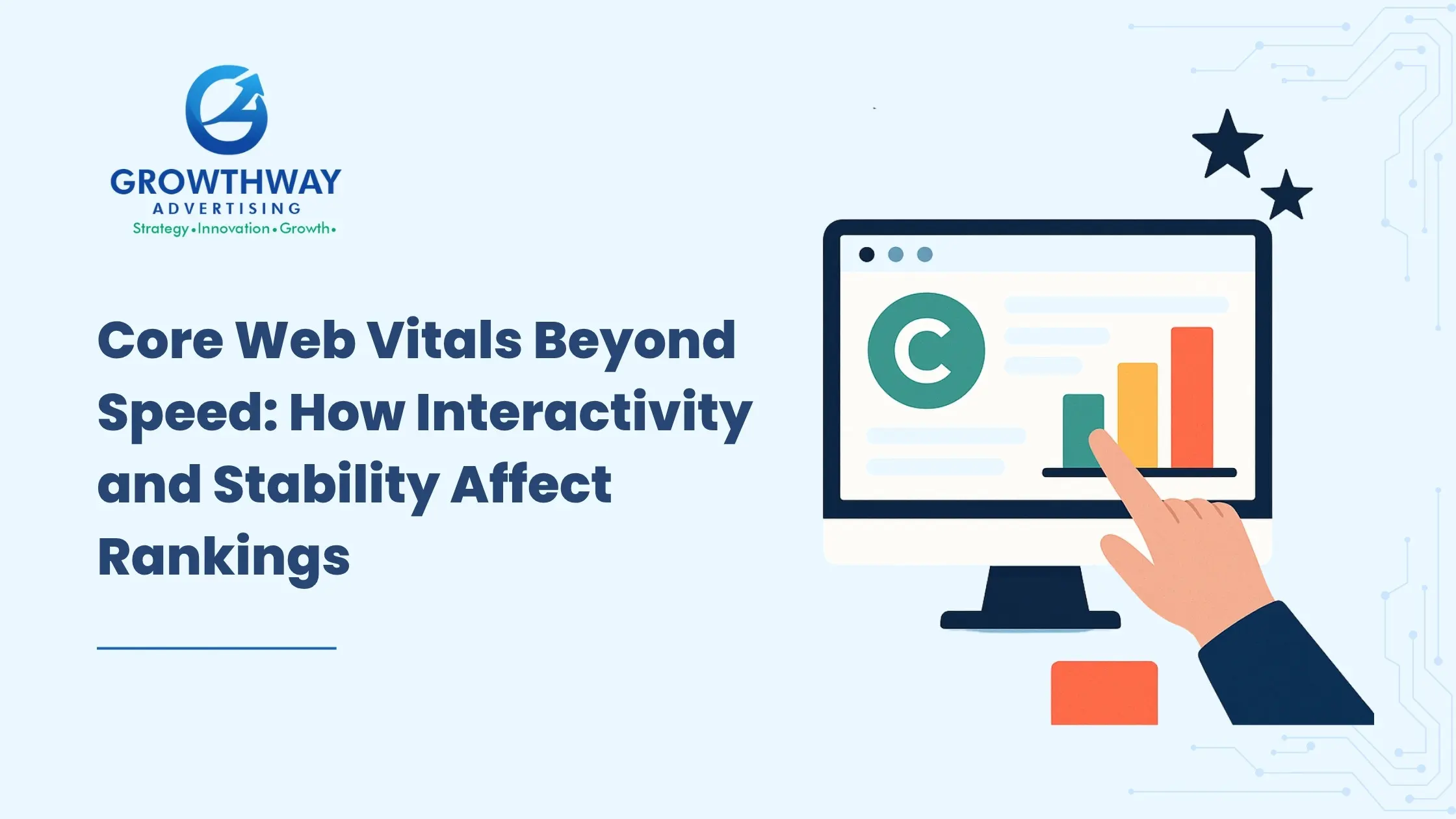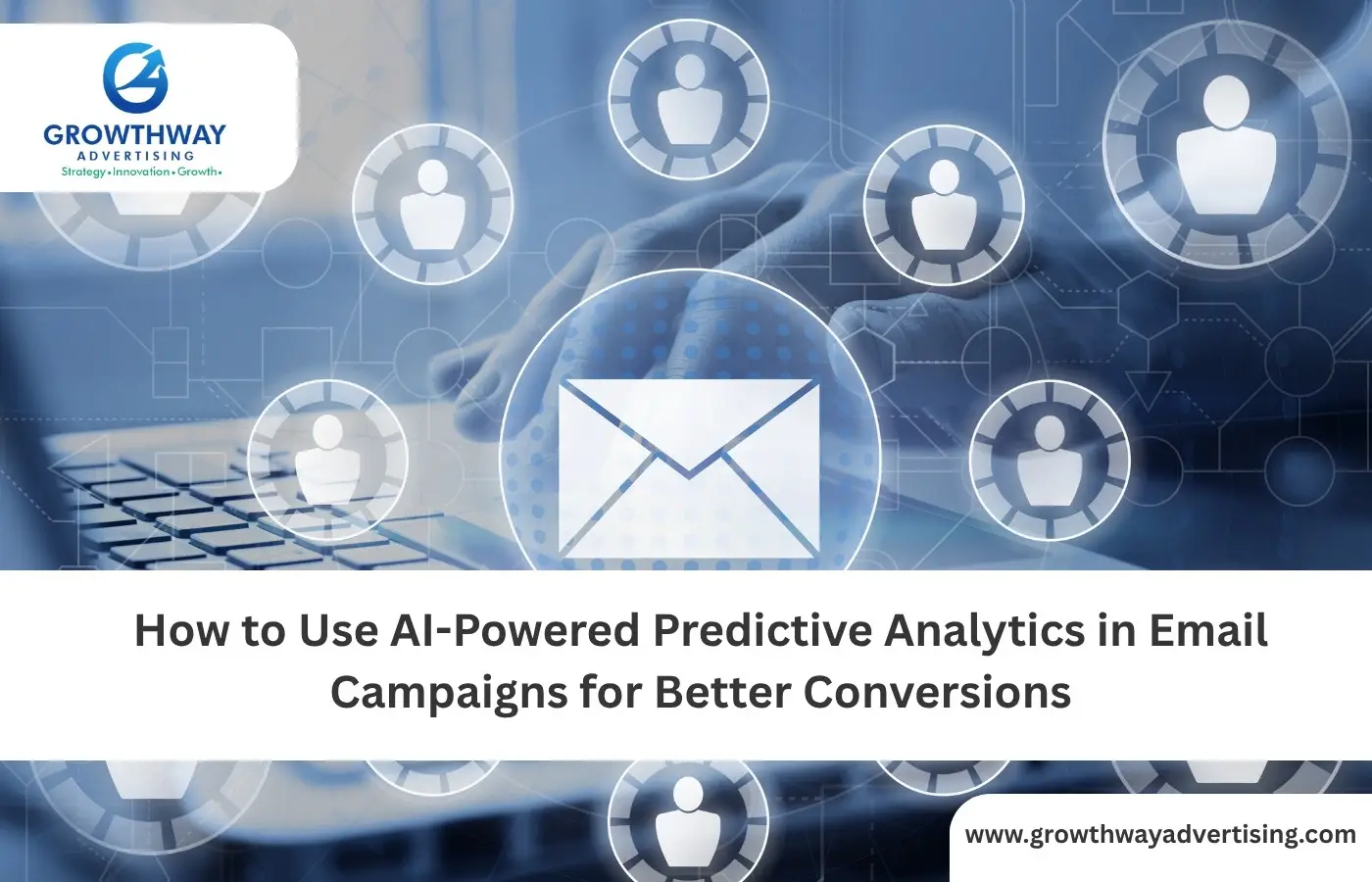Marketers have been relying on opens and clicks as the final indicators of success over the years. However, the scenery has changed. The numbers no longer represent the whole picture since privacy shifts, bots are more active and users are shifting up and down the behavioral ladder. To truly measure the worth of your email campaign, you must have a more sophisticated measurement system, one that will delve further into email conversion tracking, revenue influence, and customer lifetime worth.
This is a list of the developed email marketing metrics that you ought to be assessing, the neglected opportunities that the majority of brands fail to grasp, and making data really demonstrate ROI.
Why Opens and Clicks Don’t Cut It Anymore
Open rates have been inflated by bot filters and prefetching technologies. Clicks, while useful, only show the immediate action, not the quality of the interaction or whether it drove revenue. This is where engagement metrics, email intent signals, and post-click behavior analysis start to paint a fuller picture.
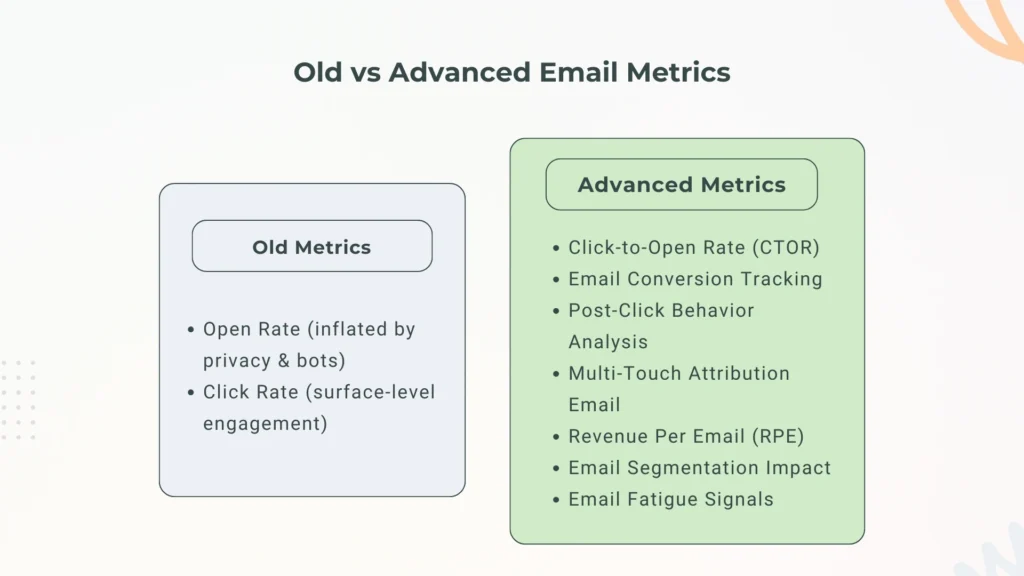
Think of it this way: a click might show curiosity, but what someone does after the click shows commitment. If your strategy is built only on surface-level interactions, you’ll miss how email contributes to sales, retention, and long-term brand value.
Key Advanced Metrics to Track
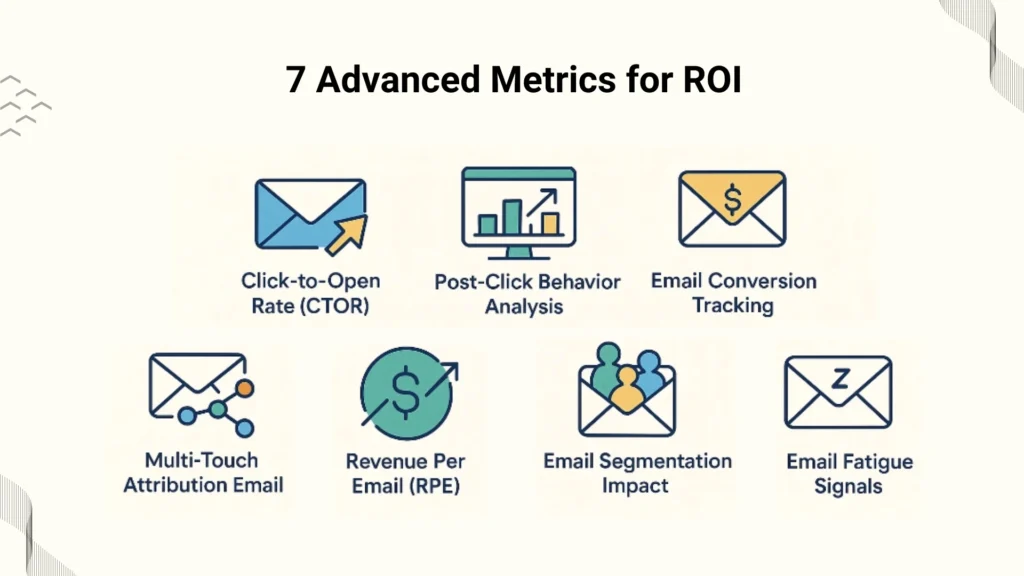
1. Click-to-Open Rate (CTOR)
The click-to-open rate gives a truer sense of engagement than open rate alone. It tells you what percentage of people who opened the email actually clicked. This reveals whether your subject line and preview text set accurate expectations, and whether your content delivered value once opened.
2. Post-Click Behavior Analysis
A big gap in most reporting is what happens after someone clicks. Post-click behavior analysis tracks time on site, pages visited, bounce rate, and eventual conversion. Instead of celebrating a high CTR, ask: did those visitors browse, sign up, or buy? Did they stick around, or leave immediately?
This is where tagging, UTMs, and GA4 event tracking make a huge difference. They show you the quality of traffic email is driving, not just the volume.
3. Email Conversion Tracking
Conversions should be the heart of your ROI story. Email conversion tracking connects email sends to sales, sign-ups, downloads, or other business outcomes. Whether it’s through eCommerce tracking, coupon codes, or CRM integrations, conversions bridge the gap between engagement and revenue.
4. Multi-Touch Attribution for Email
It’s rare that one email alone closes a sale. Customers bounce between channels before buying. Multi-touch attribution email models (time decay, position-based, algorithmic) show how email assists conversions over time. This gives credit where it’s due, even if email wasn’t the last click before a purchase.
For example, if a subscriber clicks an email, reads a blog, then later converts through paid search, attribution models ensure your email isn’t ignored.
5. Revenue per Email (RPE)
This metric shows exactly how much revenue each email sent generates on average. It’s simple but powerful, especially when comparing different segments, campaigns, or timeframes. Unlike clicks, RPE translates directly to bottom-line impact.
6. Email Segmentation Impact
Segmentation is more than personalization, it’s a measurement lever. Track the email segmentation impact on conversion rates, average order value, or engagement. Are certain cohorts generating higher revenue per send? Are lifecycle segments (new users vs repeat buyers) responding differently?
Segmentation metrics help you prove not only that email works, but that smart targeting makes it work better.
7. Lifetime Value from Email
Immediate conversions are just one piece of ROI. The bigger question is: how much does email contribute to long-term customer value? Cohort analysis can show whether subscribers acquired or nurtured via email spend more, stay longer, or engage more deeply with your brand.
8. Email Fatigue Signals
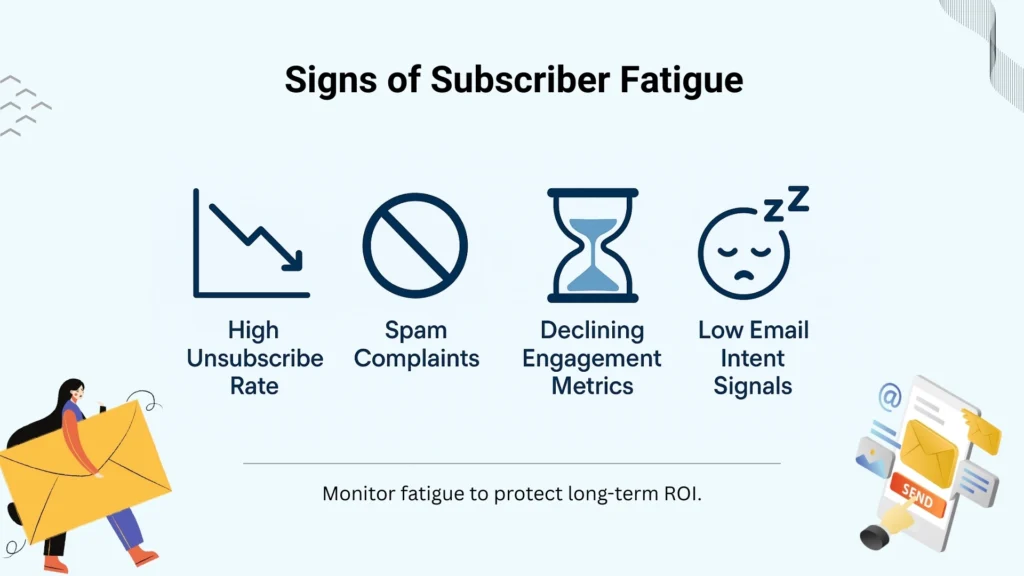
Sending more emails doesn’t always mean earning more revenue. Email fatigue signals like rising unsubscribe rates, spam complaints, or declining engagement tell you when subscribers are tuning out. Monitoring these signals helps protect list health and preserve long-term ROI.
Reading Email Intent Signals
One of the most underutilized areas in email measurement is intent. Email intent signals go beyond actions and look at patterns:
- Are subscribers engaging more with educational content than discounts?
- Do they click on category A products but not category B?
- Are they opening consistently but rarely clicking, suggesting passive interest?
Intent-based segmentation lets you tailor future campaigns, forecast demand, and identify high-value leads.
Assisted Conversions and Attribution Windows
Assisted conversions are another opportunity that is not present in most ROI analysis. When a person uses an email today but switches 15 or 30 days later you must have attribution windows which capture that delayed effect. In its absence, you do not report the contribution of email.
Using longer lookback windows in analytics or CRM reporting allows you to measure email’s true role in nurturing buyers.
Industry-Specific ROI Benchmarks
Different industries should measure email differently. For SaaS, the key ROI might be free-to-paid conversion rate or user activation. For eCommerce, it could be average order value or repeat purchase rate. For publishers, it’s engagement time or subscription retention.
It will not be satisfied with generic open and click benchmarks. Calculate ROI using metrics of your business and demonstrate value using sophisticated email marketing metrics.
The Role of Service Providers
To follow-up on the advanced ROI, tools, integrations, and expertise may be needed. Most companies rely on email marketing services vendors or enlist the help of an email marketing agency to create attribution models, establish custom tracking, and dashboards.
As an example, email marketing platforms which are connected to CRM and analytics systems can deliver automated reports which relate email activity to pipeline revenue. When considering email marketing companies or email marketing agencies in India, find those that put an emphasis on ROI measurement, rather than just the execution of the campaign.
Top email marketing service providers in India are starting to focus less on vanity metrics and more on customer-centric reporting. By collaborating with the appropriate group, you make sure that your measurement framework is not a superficial measure that will only show apparent business impact.
Practical Steps to Move Beyond Opens and Clicks
- Audit your current reporting – identify where you’re only tracking opens/clicks and where conversions are missing.
- Implement tracking infrastructure – UTMs, GA4, coupon codes, or CRM tags.
- Adopt attribution models – even a simple time decay model for multi-touch attribution email can prove incremental value.
- Segment reporting by cohorts – measure the email segmentation impact across demographics, purchase behavior, or lifecycle stages.
- Monitor negative signals – track unsubscribes and email fatigue signals to avoid eroding ROI.
- Tie email to long-term KPIs – revenue per email, retention rate, and lifetime value.
How Advanced ROI Tracking Answers Real Questions
When you shift from surface metrics to advanced analytics, you start answering the questions decision-makers really care about:
- Did this email campaign actually generate revenue, or just clicks?
- Which segments deliver the highest ROI?
- How much is each email subscriber worth over their lifecycle?
- Is email driving sales directly, or assisting conversions in other channels?
- Are we over-sending and hurting engagement?
The answers to these questions make email indispensable in boardroom discussions and budget planning.
FAQ’s
Open rates have been inflated by privacy features like Apple Mail Privacy and bot filtering. They no longer reflect real subscriber engagement.
A healthy CTOR usually ranges between 10–20%, depending on industry. More important than benchmarks is whether your CTOR improves over time.
Metrics to prioritize include revenue per email, conversion rate, segmentation impact, post-click behavior analysis, and subscriber lifetime value.
Segmentation shows which groups (new users, repeat buyers, high-value customers) generate better results. Measuring this impact proves the value of targeting strategies.
Intent signals show patterns in how subscribers engage like which categories they click most or how often they open. They help refine targeting and content strategy.
Yes. Many email marketing services provide attribution modeling, reporting dashboards, and integrations to prove true campaign impact.

